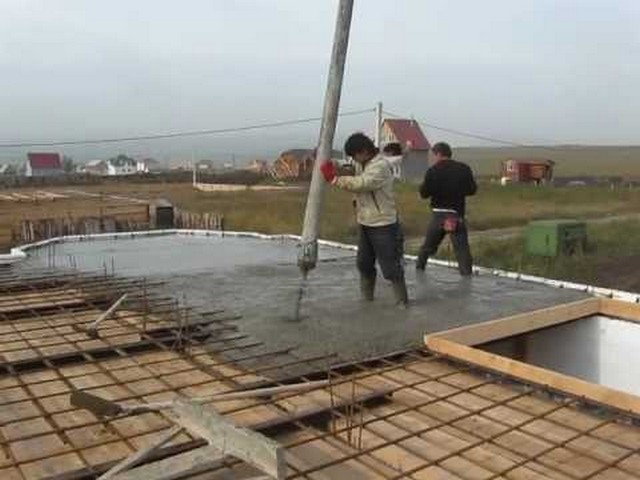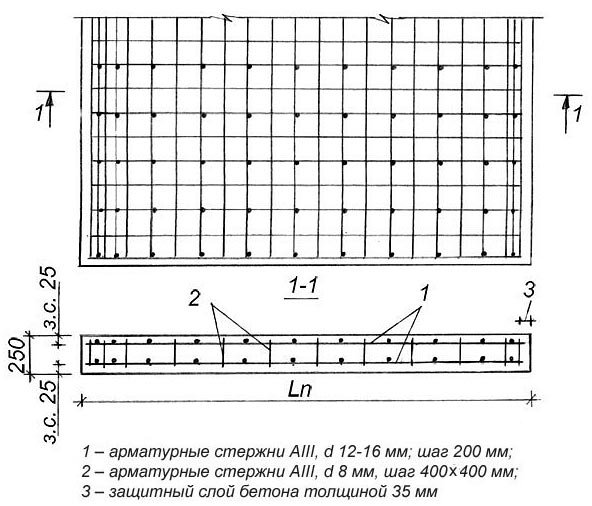Armirovanie Monolitnoj Kolonni Chertezh

Konstantin Razumov Russian impressionist Born in 1974, he was a pupil at Ilya Glazounov's Academy, where he specialised in History painting and achieved a great success. A young and talented artist, he has painted all kinds of subjects, from nudes to landscapes. His bright colours, the smoothness of the skin in his nudes, the expressive features of his characters, distinguish his paintings. Razumov has a vibrant shimmering brushstroke plus a mastery of light and excellent draftmanship.
AWSTATS DATA FILE 6.8 (build 1.910) # If you remove this file, all statistics for date 201504 will be lost/reset. # Position (offset in bytes) in this file of beginning of each section for # direct I/O access. Our Lunar New Year sale is on! Save up to 60% on photography features like Advanced Stats Upgrade now.
Faithful to early Impressionism, he nonetheless adds some modern touches which are most obvious in his beautiful charming nudes, soft and sensuous. Razumov is at his graceful best when his subjects are young ladies. He has always been our tip to attain greatness and is a very fine young artist. - Konstantin Razumov.
Abstract A central challenge of synthetic biology is to enable the growth of living systems using parts that are not derived from nature, but designed and synthesized in the laboratory. As an initial step toward achieving this goal, we probed the ability of a collection of >10 6 de novo designed proteins to provide biological functions necessary to sustain cell growth. Our collection of proteins was drawn from a combinatorial library of 102-residue sequences, designed by binary patterning of polar and nonpolar residues to fold into stable 4-helix bundles. We probed the capacity of proteins from this library to function in vivo by testing their abilities to rescue 27 different knockout strains of Escherichia coli, each deleted for a conditionally essential gene. Four different strains – Δ serB, Δ gltA, Δ ilvA, and Δ fes – were rescued by specific sequences from our library. Further experiments demonstrated that a strain simultaneously deleted for all four genes was rescued by co-expression of four novel sequences.
Thus, cells deleted for ∼0.1% of the E. Coli genome (and ∼1% of the genes required for growth under nutrient-poor conditions) can be sustained by sequences designed de novo.

Citation: Fisher MA, McKinley KL, Bradley LH, Viola SR, Hecht MH (2011) De Novo Designed Proteins from a Library of Artificial Sequences Function in Escherichia Coli and Enable Cell Growth. PLoS ONE 6(1): e15364.
Editor: Mark Isalan, Center for Genomic Regulation, Spain Received: August 26, 2010; Accepted: November 11, 2010; Published: January 4, 2011 Copyright: © 2011 Fisher et al. Programmu 2d place 3 9. This is an open-access article distributed under the terms of the Creative Commons Attribution License, which permits unrestricted use, distribution, and reproduction in any medium, provided the original author and source are credited. Funding: This work was funded by NSF grant MCB-0817651 (URL: ). The funders had no role in study design, data collection and analysis, decision to publish, or preparation of the manuscript. Competing interests: The authors have declared that no competing interests exist. Introduction In 1906 Jacques Loeb suggested that the synthesis of life is a significant goal of biology. A century later, the construction of natural genomes from off-the-shelf chemicals, demonstrates significant progress toward achieving this goal.